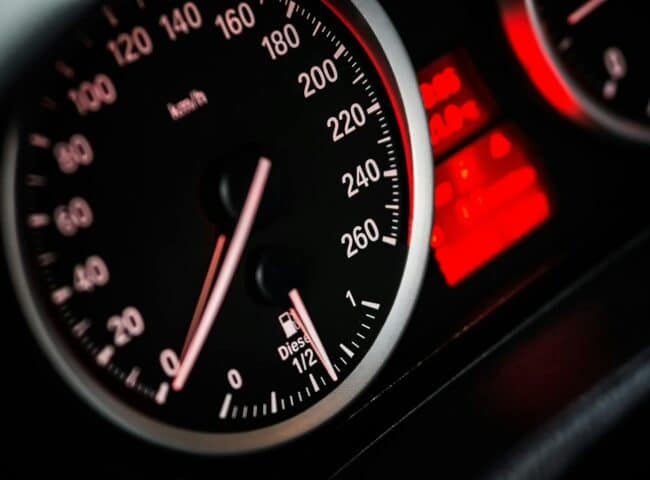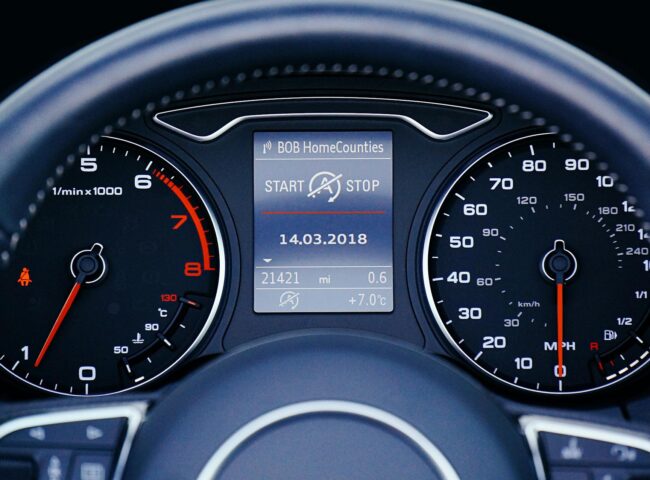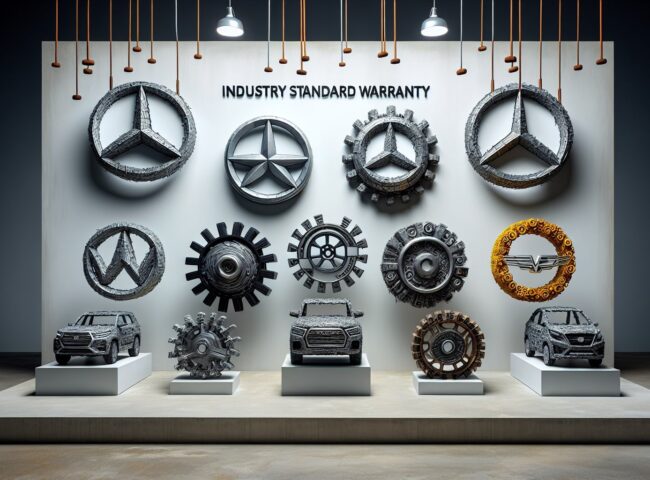Wondering what’s actually covered under your auto warranty? You’re not alone. Understanding auto warranties doesn’t have to be daunting. Our guide provides clear, concise insights into what warranties typically include (and exclude), the differences between standard and extended warranties, and tips on keeping your coverage valid. Armed with this knowledge, you’ll be better prepared to navigate warranty issues and maintain your vehicle’s protection.
Key Takeaways
- An auto warranty is a commitment by the provider to repair or replace certain parts within a certain period, typically excluding normal wear and tear, accidents, and non-defective parts.
- Extended warranties come into play after the original manufacturer’s warranty expires, offering various levels of protection and coverage for major components, often with additional costs and conditions.
- Warranty transferability, maintenance, and understanding terms, including differences between warranties and service contracts, are critical for maintaining coverage, ensuring valid claims, and enhancing vehicle longevity.
Decoding Auto Warranty Essentials

An auto warranty, in its simplest form, is a promise—a commitment from the provider to repair or replace parts that break due to defects in the manufacturer’s design or installation within a specific timeframe after purchasing the vehicle. Not all warranties are created equal, though. Most car warranties typically cover repairs to primary systems of the vehicle, including:
- the engine
- the fuel system
- the gearbox
- the clutch
- the steering
- the brakes, also known as car breaks
- the electrical components
- the air conditioning
- sometimes even in-car entertainment.
However, warranties generally exclude coverage for accidents, normal wear and tear, and non-defective parts. So, while that new car warranty can be your financial safety net for a period, it’s no magic wand. Understanding the inclusions and exclusions in your warranty is crucial. This insight can save considerable expenses when manufacturer defects necessitate repairs during the warranty term.
The Anatomy of a Standard Car Warranty
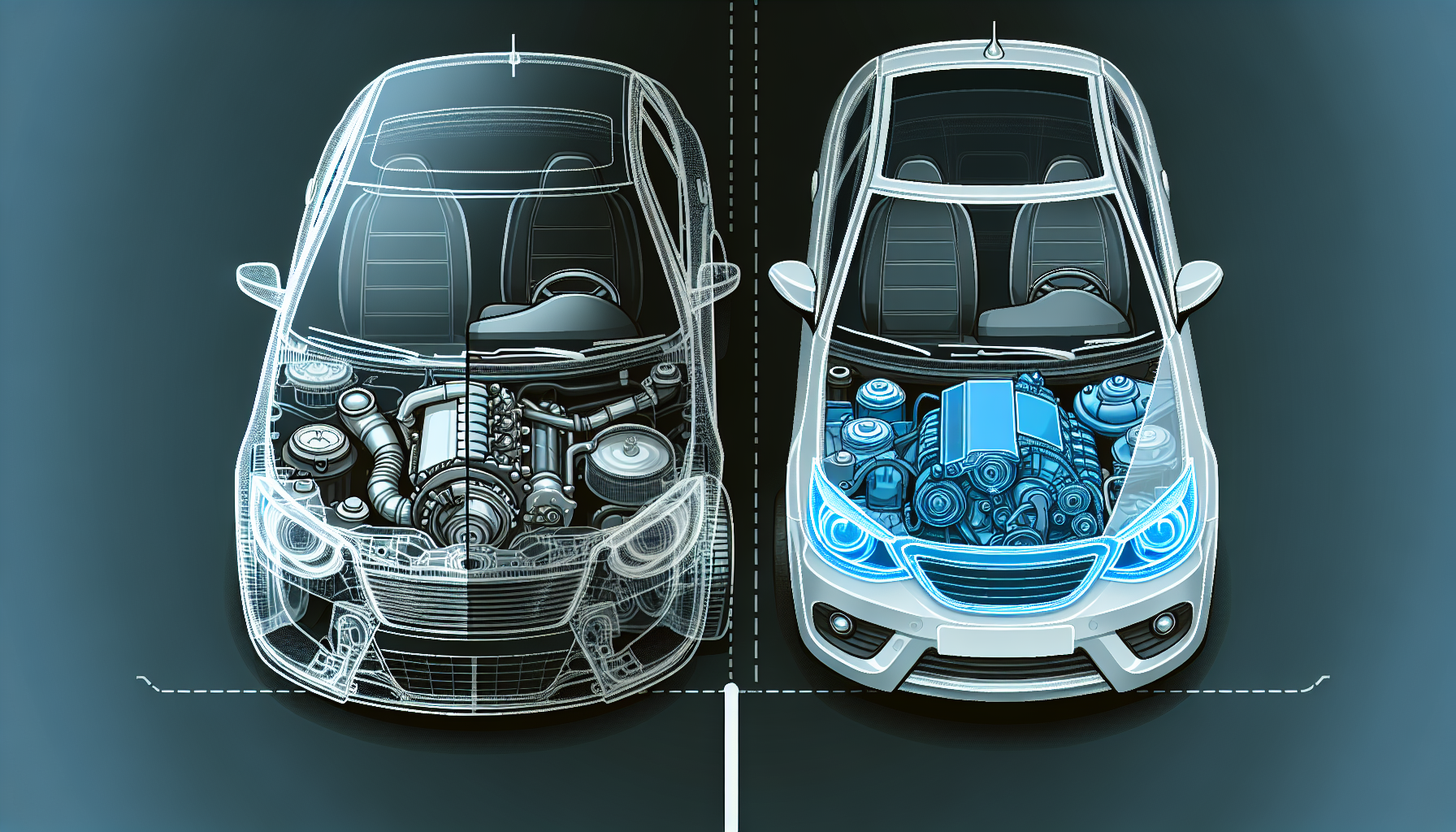
Now that you have a general idea of what auto warranties are, let’s get specific. When you drive that brand new vehicle out of the dealership, it usually comes with a standard warranty. The most comprehensive of these is the bumper-to-bumper warranty, which, as the name suggests, covers almost everything from one end of your vehicle to the other.
In addition, the powertrain warranty exists. This can be viewed as the warranty that ensures your car’s mobility. It covers the essential components like the engine and transmission, including the drivetrain and internal workings of the engine. However, it’s not all-inclusive. Standard car warranties do not typically cover wear and tear. Parts like tires, windshield wipers, brake pads, and batteries are usually excluded, even though manufacturer powertrain warranties often exceed the basic coverage period.
Extended Warranties: The Added Layer of Security

What happens when the original manufacturer’s warranty expires? That’s where extended warranties come in. An extended car warranty is a service that can be purchased to cover vehicle repairs after the original manufacturer’s warranty expires, providing additional security against unexpected costs. They typically cover major components such as the engine, transmission, and drivetrain, with varying levels of protection and potential deductibles or out-of-pocket costs.
The cost of extended warranties can be substantial, ranging between $1,000 to over $3,000 and is usually more cost-effective when obtained early for new vehicles. Therefore, when contemplating an extended warranty, it’s vital to assess the probability of repairs, the vehicle’s lifecycle, and the scope of coverage in comparison to the potential costs of non-included repairs.
Navigating the Terms and Conditions
While warranties offer an invaluable safety net, they come with their own fine print. Warranty covers may not be comprehensive and commonly exclude:
- Environmental damage
- Misuse
- Issues due to lack of maintenance
- Normal wear and tear
Some warranties cover consequential losses if a non-covered part causes damage to a covered part, and betterment clauses may require cost-sharing if the repair improves the vehicle’s value.
Keep in mind that warranties have limitations on coverage amounts, potentially leaving the owner responsible for costs exceeding these limits. Also, aftermarket parts or modifications do not automatically void a warranty. However, if they lead to vehicle damage, warranty coverage can be denied for affected parts.
Furthermore, failing to adhere to the manufacturer’s maintenance schedule or using improper maintenance methods can void parts or all of the warranty. The bottom line? Read the fine print and ask questions until you’re clear about the terms.
Maintenance Matters: Keeping Your Warranty Intact
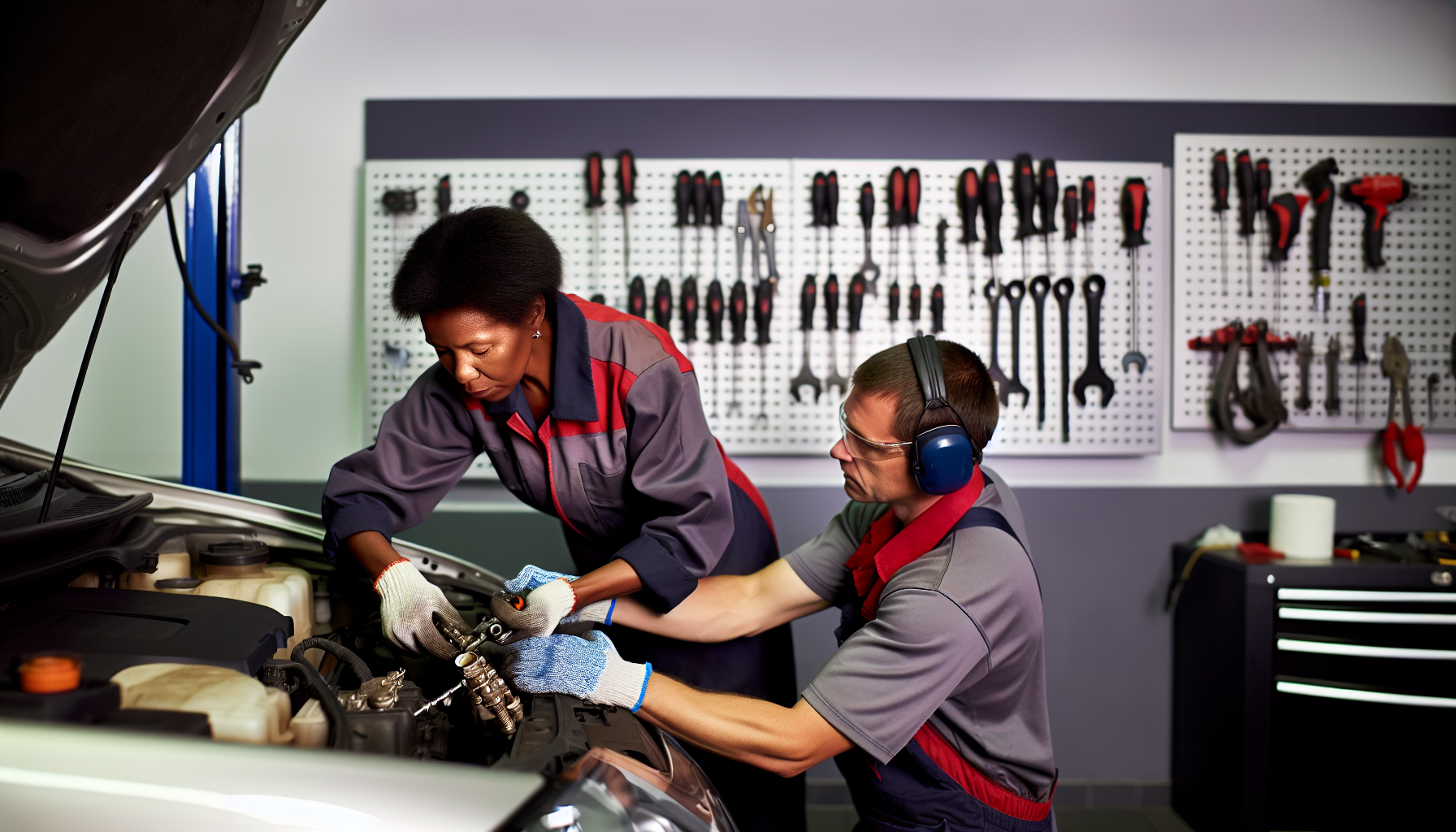
A key factor in keeping your warranty valid is maintenance. Sticking to the manufacturer’s suggested service timetable is key to maintaining a new car warranty’s validity and assuring proper vehicle upkeep. Neglecting basic maintenance such as oil changes, tire rotations, and brake inspections can result in voiding the warranty due to lack of care and compromise vehicle performance and reliability.
Employing quality parts and fluids during maintenance is essential as they often come with superior warranties and ensure the vehicle operates smoothly, thus preserving the validity of the vehicle’s warranty. Moreover, maintaining accurate and detailed service records, like those for oil changes and tire rotations, is important for warranty claims, as they prove proper vehicle maintenance.
Understanding “As Is” Purchases
Purchasing a used car ‘as is’ signifies that no warranty is provided, which is at odds with vehicles that may come with some type of warranty protection. Nevertheless, some used cars may include an express warranty, a specific pledge or declaration made by the seller pertaining to the car’s repair or maintenance. In these instances, acquiring these promises in written form is pivotal.
From Dealership to Driveway: Transferring Warranty Coverage
Whether you’re buying or selling a vehicle, the question of transferring warranty coverage is crucial. Warranty transferability depends on the provider’s terms. Some warranties can be transferred to a new owner while others cannot. Manufacturer-issued warranties for new or Certified Pre-owned vehicles generally follow the car, transferring automatically with the vehicle’s VIN to the new owner.
On the other hand, third-party warranties may require additional actions, such as completing paperwork and providing proof of maintenance, to ensure a successful transfer. The transfer process generally entails notifying the warranty provider with details of the sale and information about the new owner, which applies to both manufacturer and third-party warranties. Remember, fees might be imposed for transferring third-party warranties, which can vary among providers, with some even offering the service free of charge.
Service Contracts vs. Warranties: Knowing the Difference
Let’s clear up a common confusion—service contracts and warranties are not the same. Auto warranties, included in the purchase price of a new car, cover defects or malfunctions for a set period, while service contracts are optional and extend coverage past the original warranty period.
Service contracts can vary in terms of:
- Coverage and cost
- Exclusion of regular wear and tear
- Necessity of maintenance
- Use of depreciated parts for repairs
However, they may also include maintenance tasks such as oil changes. When procuring service contracts, it’s vital to contrast the diverse plans available, their coverage commencement dates, and the components and issues that are included.
Also, beware of scams and misleading offers from companies not associated with vehicle manufacturers or dealers that push service contracts with urgent and deceptive approaches.
Choosing the Right Warranty Provider
Selecting a warranty provider is akin to picking a partner—you’re looking for reliability and trustworthiness. Conducting research on the reputation and customer feedback of a prospective warranty provider is key to securing dependable service and legitimate coverage.
Car owners should:
- Compare third-party warranty options that allow for tailored coverage
- Avoid providers that may employ high-pressure sales tactics or lack transparency in pricing
- Assess the cost-effectiveness of warranty options by comparing independent warranty providers with dealer offerings, which tend to be more expensive.
Opt for a warranty provider that is easily contactable and has a track record of being in the business for a long time, ensuring that they are likely to provide quality services and support as a reliable warranty company.
When the Unexpected Happens: Filing a Warranty Claim
The unexpected is never anticipated, but when it occurs, preparedness is paramount. Initiating a warranty claim starts with recognizing your car’s manufacturer and offering details about your vehicle. Following that, reach out to your insurance provider regarding the claim.
Next, to support your warranty claim, follow these steps:
- Document the damage to your car with photographs and written records.
- Complete an application form provided by your insurance company.
- Submit the application form with proof of original part purchases.
- Keep detailed records of maintenance, repairs, and refueling to illustrate consistent vehicle care.
Maintaining and providing these records is crucial to support your warranty claim.
As a final note, bear in mind that the manufacturer’s warranty generally encompasses the expense of a rental car during the repair period of your vehicle.
Extending Protection: Aftermarket Warranties Explored

For those seeking additional protection, aftermarket warranties have much to offer. Aftermarket warranties offer:
- Extended coverage post the manufacturer’s warranty period
- Greater customization, tailored to the needs of the owner
- Coverage provided by third-party companies, as opposed to manufacturer options
These warranties provide a valuable option for those looking to extend their coverage beyond the point when the manufacturer’s warranty expires, after the initial manufacturer’s warranty.
Aftermarket warranty costs differ and add an extra expense, in contrast to original manufacturer warranties which are usually incorporated in the vehicle’s purchase price. The primary advantage of aftermarket warranties is the potential for financial saving on repairs that are covered, which is especially valuable for used cars without manufacturer warranty coverage.
For used cars with known repair issues, an extended warranty is advisable, and a vehicle history report can help tailor the warranty to the car’s specific problems.
Common Misconceptions About Auto Warranties
To conclude this topic, allow us to dispel a few prevalent myths about auto warranties. Contrary to popular belief, extended warranties do not cover routine wear and tear items such as oil changes, brake pads, and rotors. Also, neglect of regular maintenance can lead to decreased vehicle performance, lower fuel efficiency, and reduced resale value, which can ultimately affect warranty terms.
Summary
In conclusion, understanding the nuances of auto warranties can save car owners from unexpected repair costs. From the specifics of standard warranties to the benefits of extended warranties, the importance of maintenance, and the process of filing a claim, each aspect plays a crucial role in utilizing warranties effectively. As a car owner, being informed about your warranty rights and responsibilities is not just beneficial but essential.
Frequently Asked Questions
What does 3 year 36000 mile warranty mean?
A 3-year 36,000-mile warranty covers major repairs for the first 3 years of ownership or the first 36,000 miles, whichever comes first, including all major systems and towing if necessary.
What does 5 year 60000 mile warranty mean?
A 5-year 60,000 mile warranty typically covers the vehicle’s powertrain components such as the engine, transmission, and drivetrain. It lasts for up to five years or 60,000 miles, whichever comes first.
How does a auto warranty work?
A car warranty is a promise to fix certain defects or malfunctions during a specific timeframe after you buy a vehicle. It typically covers repairs for a set period of time or distance in miles, usually 3 years or 36,000 miles.
What does a standard car warranty cover?
A standard car warranty covers repairs to primary systems of the vehicle, such as the engine, fuel system, gearbox, clutch, steering, brakes, electrical components, and air conditioning, but it usually doesn’t cover normal wear and tear.
What is an extended car warranty?
An extended car warranty provides coverage for vehicle repairs after the original manufacturer’s warranty expires, offering protection against unexpected costs.


